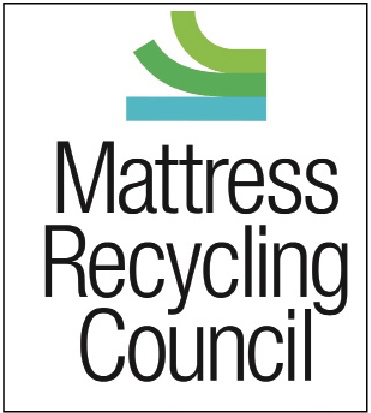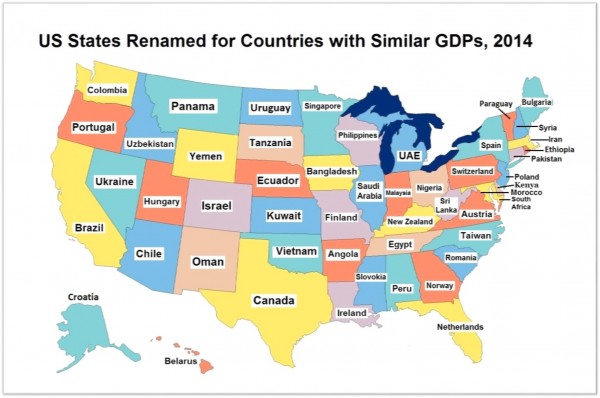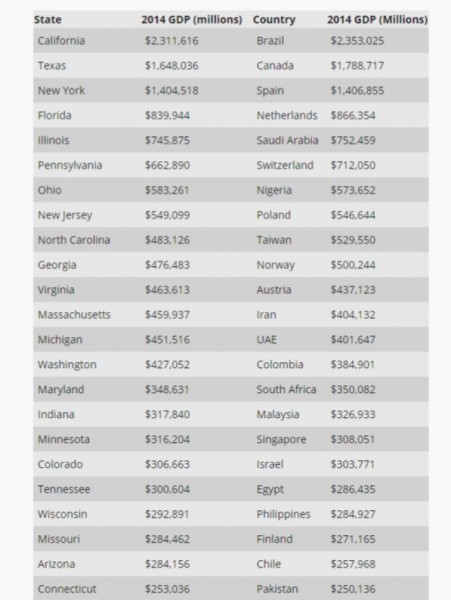20,000 Mattresses Recycled in CT's First-in-Nation Program Since May 1
/Connecticut’s first-in-the-nation mattress recycling program, Bye Bye Mattress, has recycled 20,000 mattresses since it began in May, according to program officials.
The groundbreaking program was established by state law in 2013, calling for the manufacturers and consumers of mattresses to pay for their end-of-life disposal under a concept called product stewardship. Connecticut has a similar product stewardship program for paint, one of only six states in the nation to institute that program.
The Connecticut mattress recycling program, launched on May 1, is funded by a $9 fee collected from consumers when a new mattress or box spring is sold. The program is administered by the Mattress Recycling Council, which is a 501(c)3 non-profit organization created by the International Sleep Products Association (ISPA). The organization’s Board of Directors includes individuals who are employed by some of the industry leaders, including King Koil, Serta Simmons, Tempur Sealy and Paramount Sleep. It is based in Alexandria, VA.
Under the program, dubbed “Bye Bye Mattress,” any used mattress that is discarded for municipal collection, picked up by a retailer, or dropped off by a consumer in Connecticut will be sent to a mattress recycler, who will break it down to reuse its components for other products.
Connecticut’s Public Act 13-42 (enacted in 2013 and amended in 2014) required the mattress industry to create a statewide recycling program for mattresses discarded in the state. When the program began, nearly 50 cities and towns across the state were participating to recycle the mattresses and box springs collected at their solid waste transfer stations.
Among those facilities is Park City Green in Bridgeport where employees break down old mattresses into its recyclable parts. Officials say they recycle 96 percent of mattress materials into usable products: the covers (which can be turned into mattress pads), the cotton stuffing (turned into fabric), the foam (automobile padding), wood pieces (mulch), and springs (reforged steel). The program diverts mattresses from waste-to-energy facilities and landfills and allows materials like fiber, foam, steel and wood to be reused. 
Residents drop-off their used mattresses and box springs at no-cost. Then, MRC provides the collection container, transportation from the facility to the recycler and the mattress recycling services at no-cost. MRC continues to enroll interested municipal transfer stations in the program. A fact sheet about the program has been developed, Connecticut Recycling Program for interested municipalities, providing information about the benefits of participating. 
A $2 reimbursement per mattress is only given at the program’s two participating recycling facilities (Recyc-Mattresses in East Hartford or Park City Green in Bridgeport). It is limited to four units per person per day; eight per person per year.
MRC is also working with mattress retailers, hotels, military facilities, universities, healthcare facilities and other public and private entities in Connecticut to divert mattresses from the solid waste stream. It will report the program’s progress to the state Department of Energy and Environmental Protection annually in October. Earlier this month, students and staff at Central Connecticut State University recycled mattresses from student dorms as part of the program.
 A similar statewide mattress recycling program was adopted by the Rhode Island legislature in 2013 and is due to launch in 2016. To participate, Rhode Island producers must have joined the Mattress Recycling Council (MRC) by July 1, 2015, according to the organization’s website. Producer is defined as any person who manufactures or renovates a mattress that is sold, offered for sale or distributed in Rhode Island under the manufacturer’s own name or brand. California’s program, enacted in 2013 and amended in 2014, is also expected to begin statewide in 2016, administered by the Mattress Recycling Council.
A similar statewide mattress recycling program was adopted by the Rhode Island legislature in 2013 and is due to launch in 2016. To participate, Rhode Island producers must have joined the Mattress Recycling Council (MRC) by July 1, 2015, according to the organization’s website. Producer is defined as any person who manufactures or renovates a mattress that is sold, offered for sale or distributed in Rhode Island under the manufacturer’s own name or brand. California’s program, enacted in 2013 and amended in 2014, is also expected to begin statewide in 2016, administered by the Mattress Recycling Council.
The MRC notes that more than 50,000 mattresses end up in landfills every day. The recycling programs aim to reduce that number. Each year, 35 to 40 million new mattresses and box springs are sold in the United States, and at least 15 to 20 million used mattresses and box springs are discarded.
https://youtu.be/Gsi6KgnvJF4












 The most recent fee data available from 2-1-1 Child Care estimates the statewide average cost of full-time child care in a licensed center-based day care setting is $211/week for 1 preschooler and $253/week for an infant, which adds up to $2,011 per month. This may be less than what many Connecticut families pay for child care each month, due to variations in cost and availability throughout the state, differences in family size, and other costs associated with child care that are not included—such as the cost of alternate care arrangements when the child care setting is closed
The most recent fee data available from 2-1-1 Child Care estimates the statewide average cost of full-time child care in a licensed center-based day care setting is $211/week for 1 preschooler and $253/week for an infant, which adds up to $2,011 per month. This may be less than what many Connecticut families pay for child care each month, due to variations in cost and availability throughout the state, differences in family size, and other costs associated with child care that are not included—such as the cost of alternate care arrangements when the child care setting is closed


 The Center’s study found that over the past year, as states have started to restore funding for public higher education, tuition hikes have been much smaller than in recent years. Just seven states -- Louisiana, Colorado, Connecticut, Hawaii, Kansas, Virginia, and Mississippi -- raised tuition by more than $300, after inflation.
The Center’s study found that over the past year, as states have started to restore funding for public higher education, tuition hikes have been much smaller than in recent years. Just seven states -- Louisiana, Colorado, Connecticut, Hawaii, Kansas, Virginia, and Mississippi -- raised tuition by more than $300, after inflation.



 Writing in the
Writing in the 

 inesses, they’re pushing the envelope - hoping to surpass 1,000 participants.
inesses, they’re pushing the envelope - hoping to surpass 1,000 participants. 


























